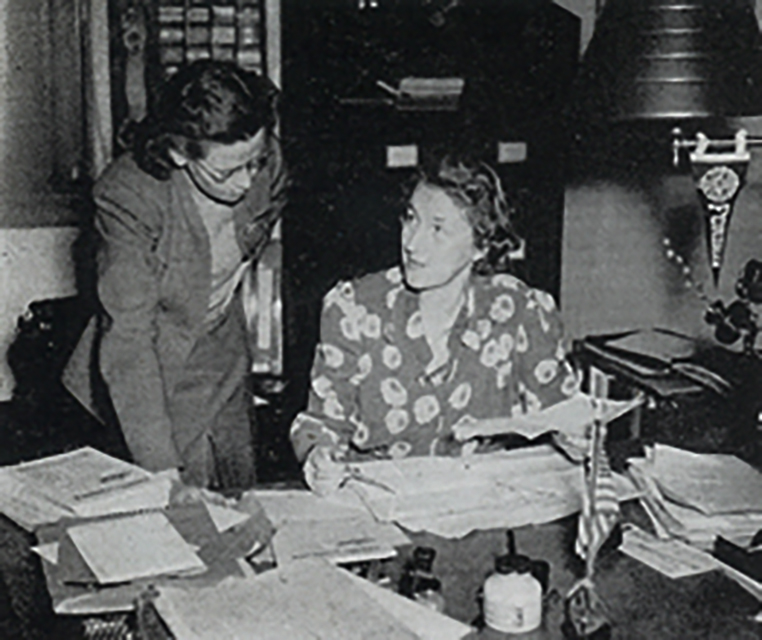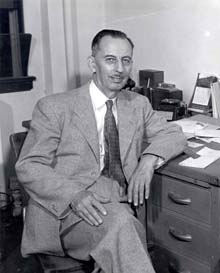Prairie Schooner
75th Anniversary Celebration and BeyondNebraska’s Literary Rise
“…the little magazine is a powerful force in the encouragement and promotion of American literature….As a result of its long life and the breadth of its editorial policy, the Schooner has encountered more currents in American literature and a wider variety of social, political, and economic conditions than have magazines of shorter duration or more specific direction.”
A Brief History
In 1926, within the English Department of the University of Nebraska,
a group of students and a single faculty member created the Wordsmith Chapter of Sigma Upsilon, a national honorary literary society. Lowry Wimberly, the faculty representative for the group, held a meeting of “Wimberly’s Boys” in his home every Sunday. The group sought a means to publish their work. Wimberly carried the concept forward into the Prairie Schooner, a literary magazine of poetry, short stories, and essays.
In 2001 the Prairie Schooner celebrated 75 years of continuous publication. The Schooner is the oldest literary magazine to remain in publication in the Midwest region and maintains an international reputation for publishing high quality and diverse work.
Wimberly headed the Schooner as chairman of the board of editors and received assistance from a student board of editors. He was responsible for the major activities of publishing the magazine, including gathering financial backing, promotion, layout for publication, subscriptions, and delivery. He also wrote an editorial column he titled the “Ox Cart.” His efforts, along with assistant editors, students, and contributors allowed the Schooner to become a significant literary quarterly and to gain a strong international reputation.
Faculty working in 1945
Lowry Wimberly and associate editor Frederick Christensen worked together on manuscripts sent for publication in the Schooner. (1945)
“Those in the Wordsmith Chapter sought to create a publication for new or experienced authors and to change the view of the Midwest as a “literary wasteland.” The quarterly “has also gone a long way toward giving an accurate picture of middle west and its literary capabilities to the often skeptical Americans of other regions.””
Staff with subscriptions
Prairie Schooner staff, Madge Reinhardt, Margaret Selly, Emily Schossberger, Margaret Turner, and Margaret Cobb, stuffed envelopes for subscriptions. (1946)
The Prairie Schooner has a long history of pre-eminent contributors. Mari Sandoz produced the first short story for the first issue. Other authors include Jessamyn West, William March, Truman Capote, Joyce Carol Oates, Eudora Welty, along with Nebraskans Bess Streeter Aldrich, John Neihardt, Louise Pound, and Bernice Slote. Hundred of individuals have contributed their best work over the 75 years of publication, all for the prestige of being printed in the Schooner, a magazine that does not pay for submitted work.
After Lowry Wimberly’s retirement in 1956, poet Karl Shapiro took over the position of editor. He resigned from the position within seven years when he refused to accept censure of his editorial decisions by the University administration. Bernice Slote, professor and Cather scholar, became the third editor of the Schooner. In the first issue she produced as editor, Slote published an article by Welsh poet Dylan Thomas.
In an undated letter Slote explained that, “One of the nicest things about my position, however, is that is brings me into constant touch with authors.”
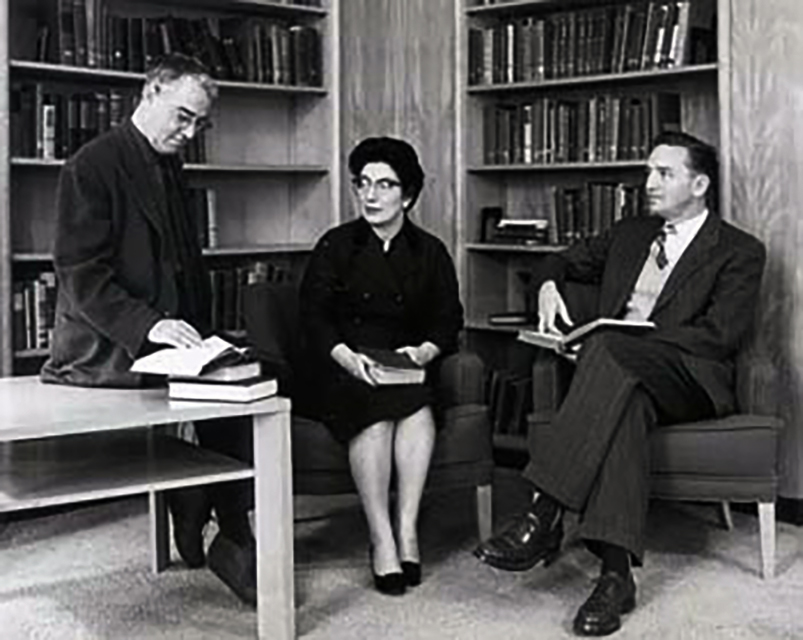
Editors and Colleague
Prairie Schooner editors Karl Shapiro, Bernice Slote, with colleague James Melnar. (circa 1960)
The University Editor
University editor, Emily Schossberger, worked closely on the publication of the Prairie Schooner. (1945)
Hugh Luke served as editor of the quarterly for a short duration and continued the tradition of producing a high quality publication. The Prairie Schooner’s editor-in-chief during the 75th anniversary, Hilda Raz started her tenure as editor in 1987. Raz has assisted in expanding the material covered in the Schooner while still maintaining a strong sense of regional roots.
Editors
A small list of editors have overseen the publication of the Prairie Schooner. These individuals, with their own creativity and goals, have consistently maintained the high quality of the quarterly and expanded its reputation as an internationally outstanding literary publication, and continue to do so today.
Lowry Wimberly
1926-1956
Lowry Wimberly, who assisted in the creation of the Prairie Schooner in 1926, sought high quality, new, and innovative writing for the magazine. “We want a good magazine, but not stuffy.” he explained. “People want good reading.”
Karl Shapiro
1956-1963
Coming to Nebraska from California, Karl Shapiro explained that he was “impressed with the literary climate of Lincoln.”
Shapiro later resigned when he disagreed with the decision of the University administration to ban the publication of a work considered to be controversial. He voiced his opposition and his goal to retain the authority given to him as editor.
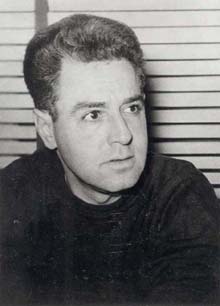
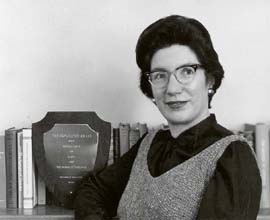
Bernice Slote
1963-1980
When Bernice Slote took over as editor of the Prairie Schooner, it had an international subscription list and had been translated into several languages. “It gets Nebraska around the world” Slote worked to “find new writers to give new artists a chance.”
Hugh Luke
1980-1987
Taking over the editorship of the Schooner from Slote, Hugh Luke explained that “I have no intention of making any changes from the long traditional emphasis on publishing good poems, good stories and good essays.”
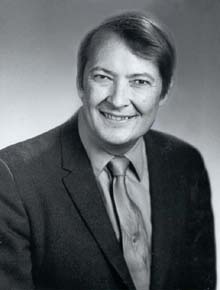

Hilda Raz
1987-2011
When Hilda Raz, began her work on the quarterly she explained that, “I believe our audience is as interested in good writing and as eager to read it as we are. I try to be alert to other ways of saying things, to be open to experimental writing…. We’re in business to take chances. We’re not Redbook. We’re not meeting the expectations of a particular audience. We’re looking for the strong, the good, the new. That’s what we want.”
Kwame Dawes
2011
Current Glenna Luschei Editor-in-Chief, Kwame Dawes is director of the African Poetry Book Fund and a prolific author. In 2021 Dawes won a PEN/Nora Magid Award for his work as editor.
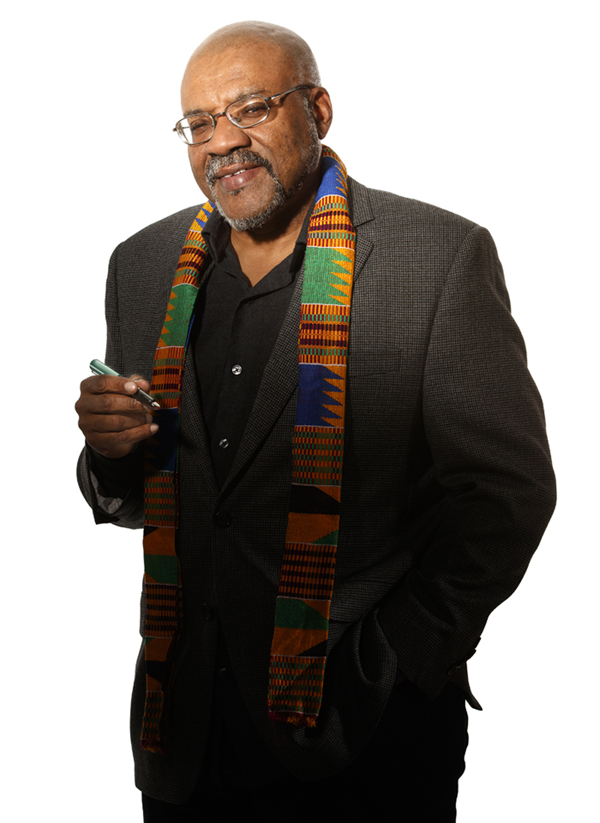
“The Schooner is like an old friend dropping in.”
Resources
Newspaper Articles and Website
Cornhusker Annual, 1937-1941, 1946.
Haggie, Helen. “‘That man Wimberly’ remembered as Prairie Schooner Turns 50,” Lincoln Journal and Star, July 10, 1977.
Heine, Emily. “Ripe Old Age of 25,” Omaha World-Herald Magazine, June 24, 1951.
“Luke is Named Editor of Prairie Schooner” Lincoln Journal, July 31, 1980.
Madison, Rosemay. “Bernice Slote and the Life of the Scholar,” Sun Center Section, June 10, 1965.
“Prairie Schooner Rolls On,” Lincoln Journal and Star, December 6, 1942.
Sandoz, Mari to Friends of the Prairie Schooner. March 1, 1965. Mari Sandoz Collection.
Stewart, Paul. The Prairie Schooner Story; a Little Magazine’s First 25 Years, [Lincoln] University of Nebraska Press [c1955].
Wayman, Mary Kay. “Gardening Inspires Literary Editor, Poet,” Sunday Journal-Star, June 12, 1988.
“Wimberly Bows Out; Shapiro Takes Over as “Schooner” Editor. Lincoln Evening Journal and Nebraska State Journal, September 12, 1956.
Credits
The exhibit was migrated and updated by Amanda Rigsby as part of a summer 2021 Schmidt Family Libraries Internship.



